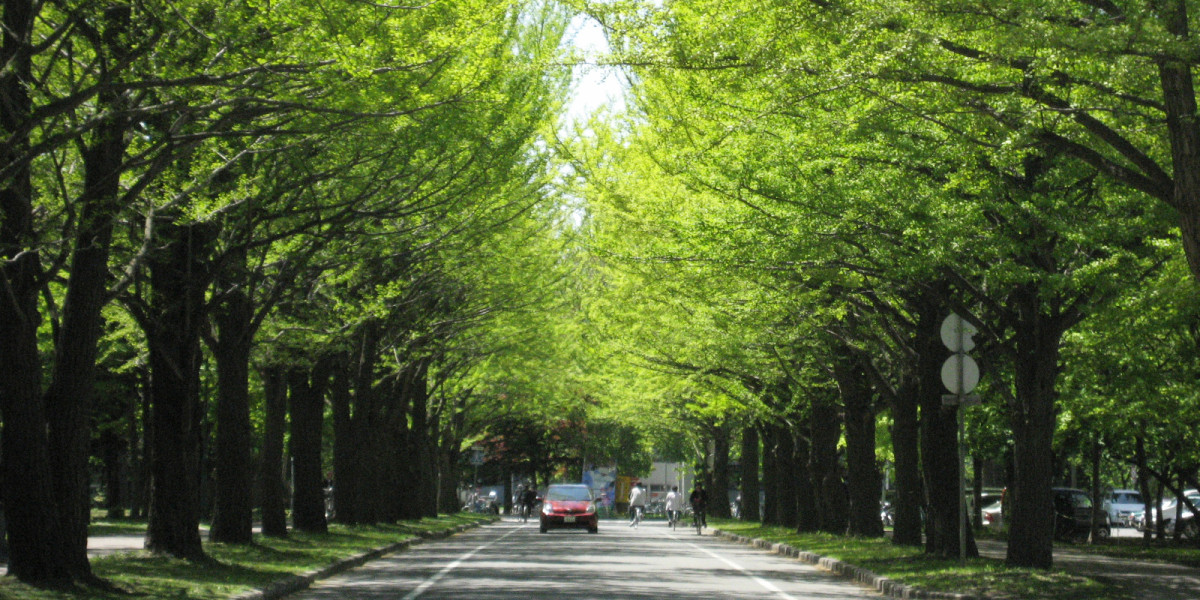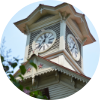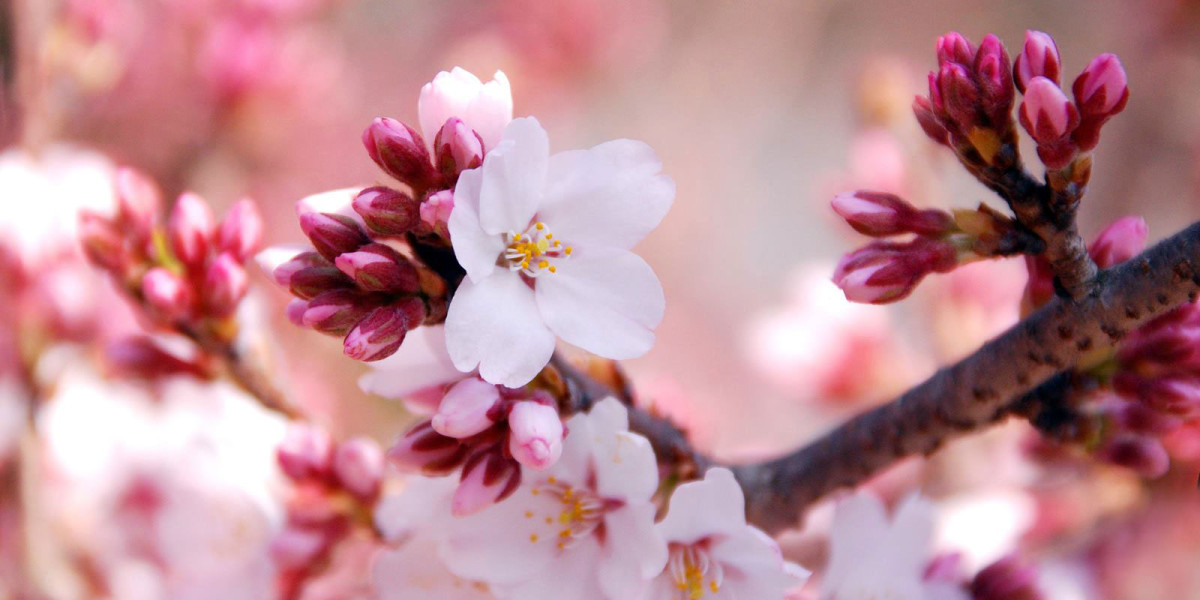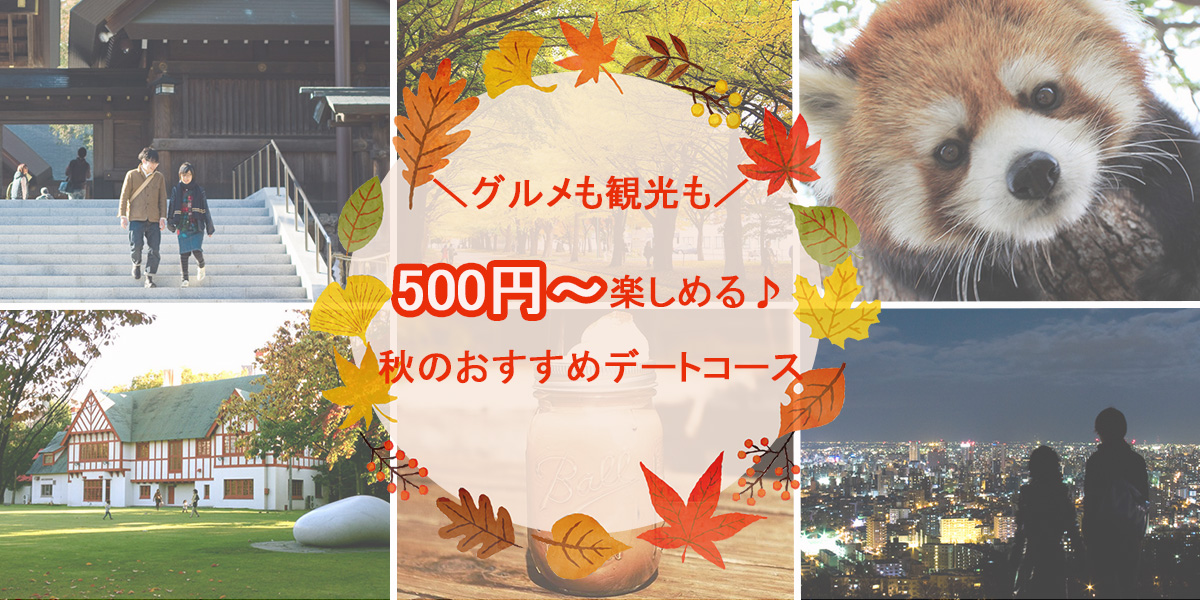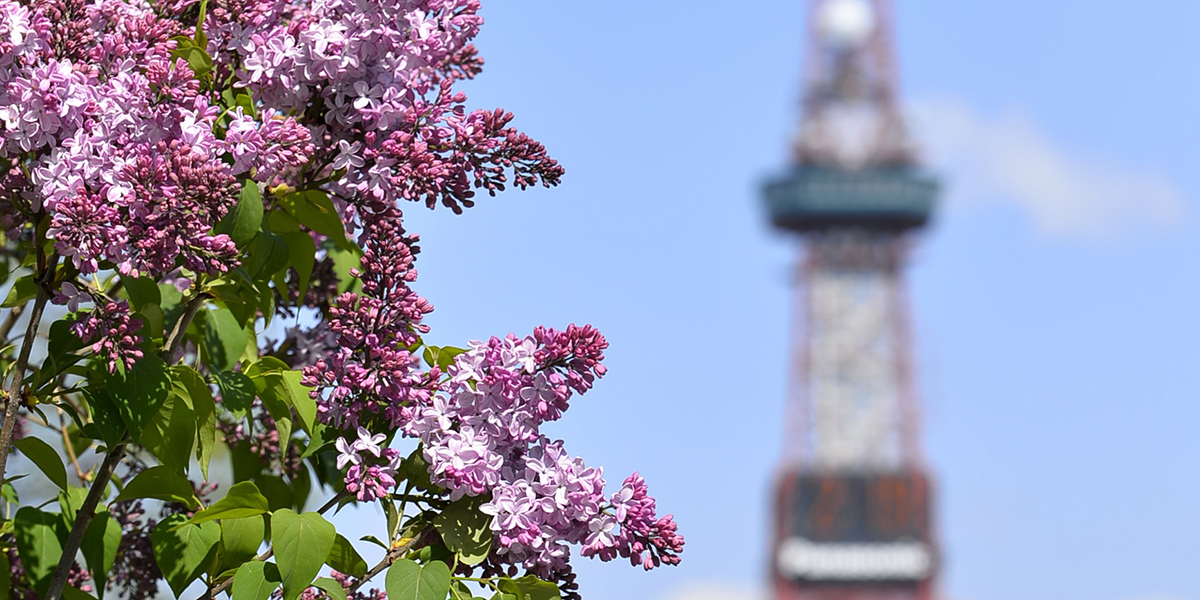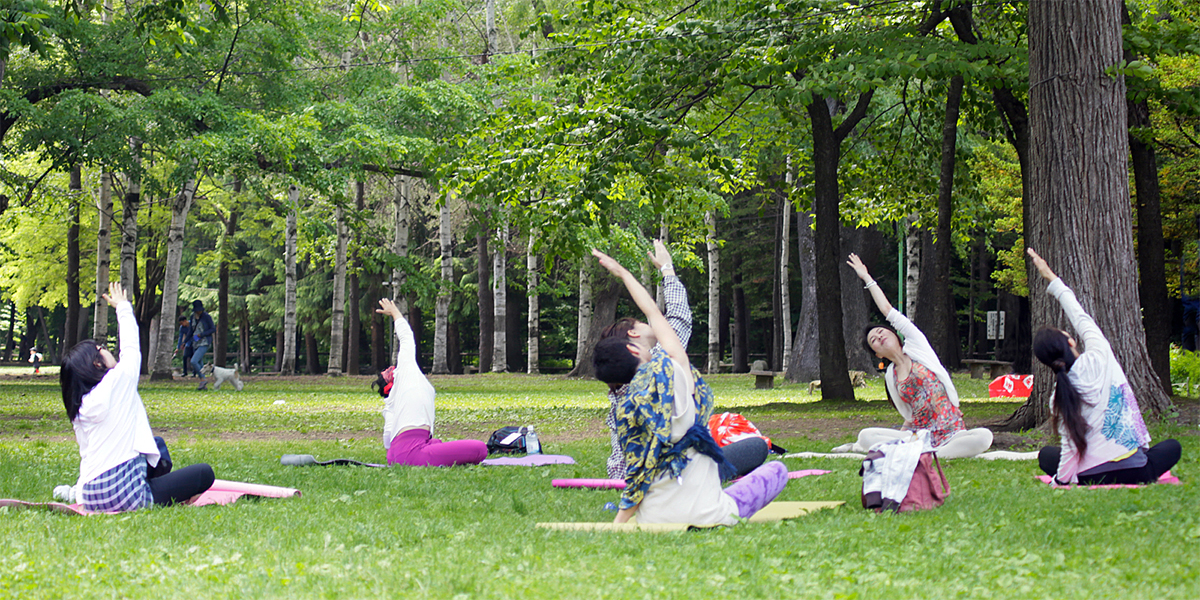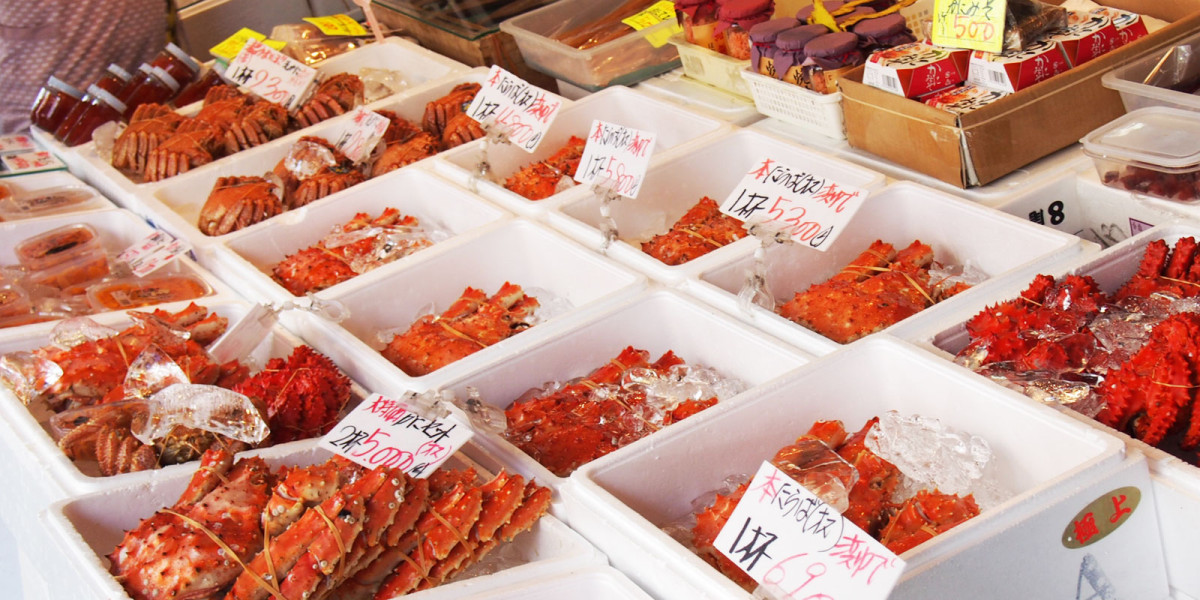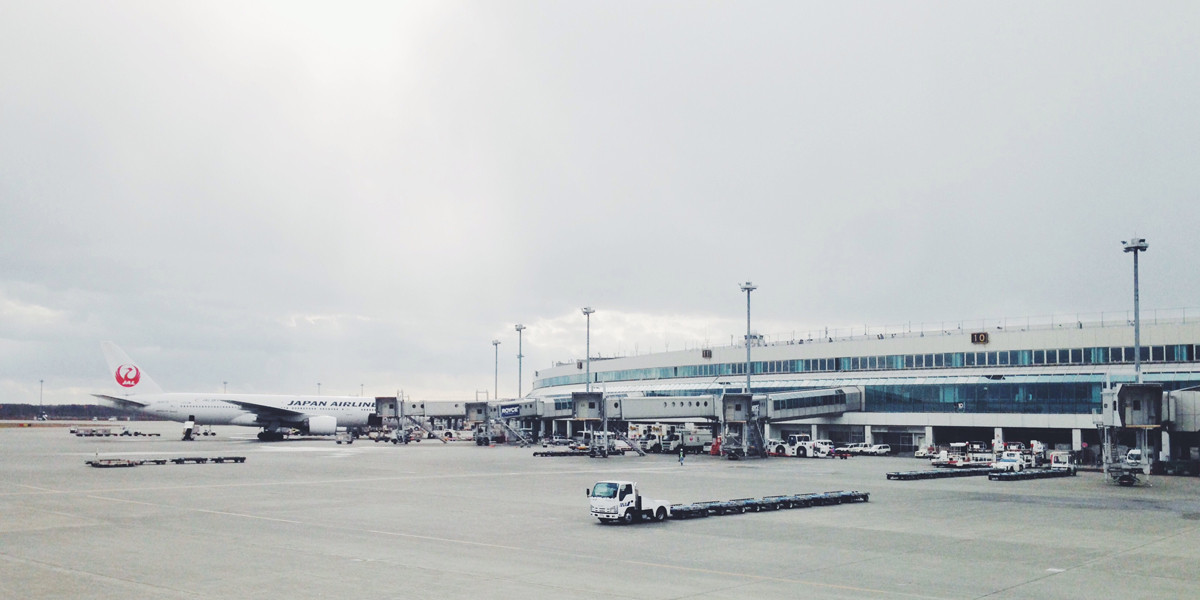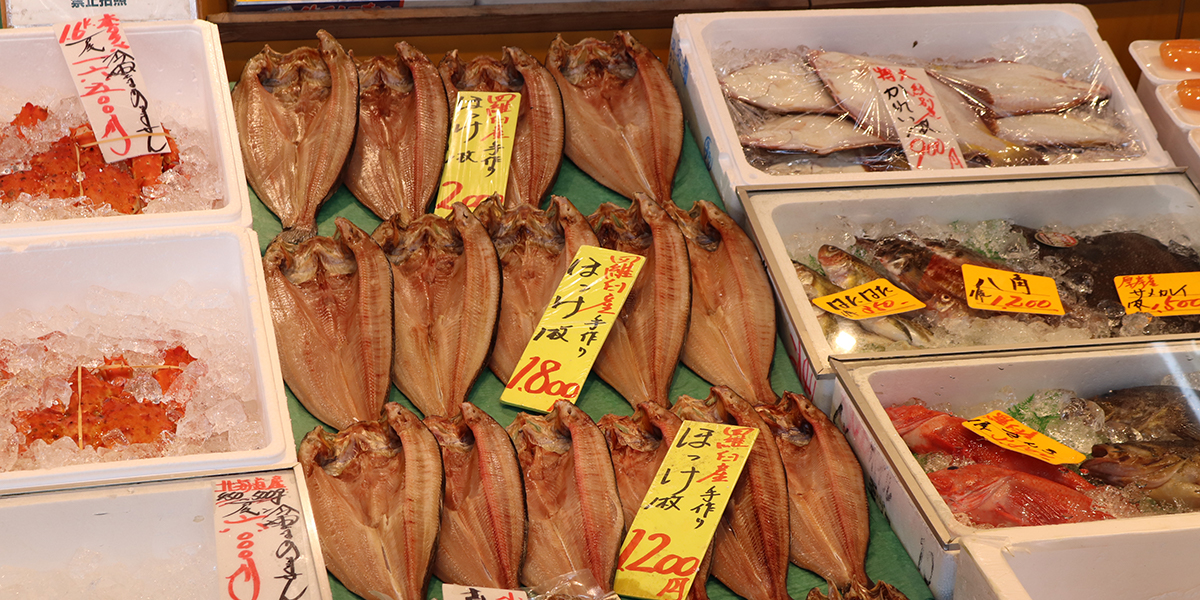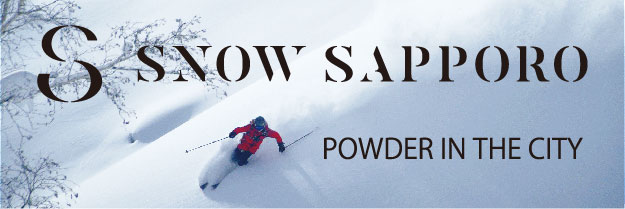Walking around Hokkaido University’s Campus
The main gate of Hokkaido University is an 7-minute walk from Sapporo Station. The buildings from the Sapporo Agricultural College era, built in the Meiji Era, are being used even today as school buildings. The walking course around the university, which is widely open to the public, is about 6 kilometers long and can be walked at a leisurely pace.
Walking route
Sapporo Station West Exit → 500 meters northwest → Main Gate → Central Lawn, Statue of Dr. Clark, Furukawa Memorial Hall → Exchange Plaza “Elm Forest” → School of Agriculture → School of Science, University Museum → Monument in Honor of Dr. Inazo Nitobe → Poplar Avenue → Restaurant “Elm” → Ono Pond → Ginkgo Avenue → Northward on the Main Street → Kita-juhachi-jo Gate → Sapporo Agricultural College Second Farm → Southward on the Main Street → Ono Pond → Sakushu-Kotoni River → Central Lawn → Clark Hall
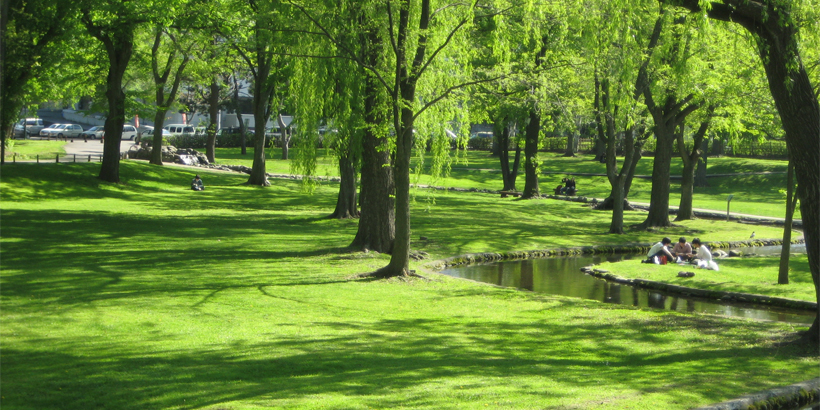
Central Lawn
Central Lawn
Walking straight from the main gate leads you to the central lawn, a pleasant place to relax with its green lawns and ample shade from nearby trees. In the novel Hyoten, the protagonist Yoko often came here to read books.
Statue of Dr. William S. Clark
At the northwest corner of the central lawn there is a statue of Dr. Clark with his famous words “Boys, be ambitious!” This is also a popular spot for photographs. The white western-style building across from the statue was built in 1909, and was the first building in Hokkaido built in the American Victorian style. Unfortunately it is currently not open to the public as it is being used as a research facility.
Elm Forest
Find yourself in the presence of several dozens of elms trees (Japanese elm). Gigantic trees over a hundred years old have been growing there even before the Sapporo Agricultural College was relocated. At the end of the alluvial fan of the Toyohira River, a rich supply of underground water was ideal for the growing of elm trees.
School of Agriculture
If you cut through in front of “Elm Forest,” you arrive at the School of Agriculture. You can see a dignified U-shaped building through the dense trees.
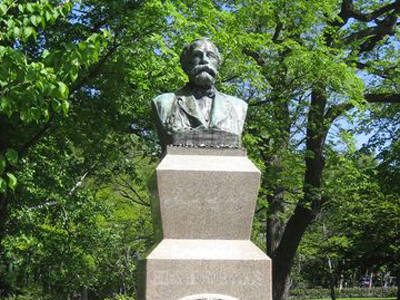
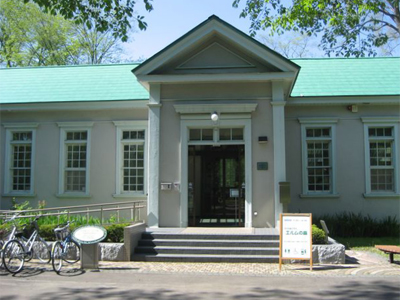
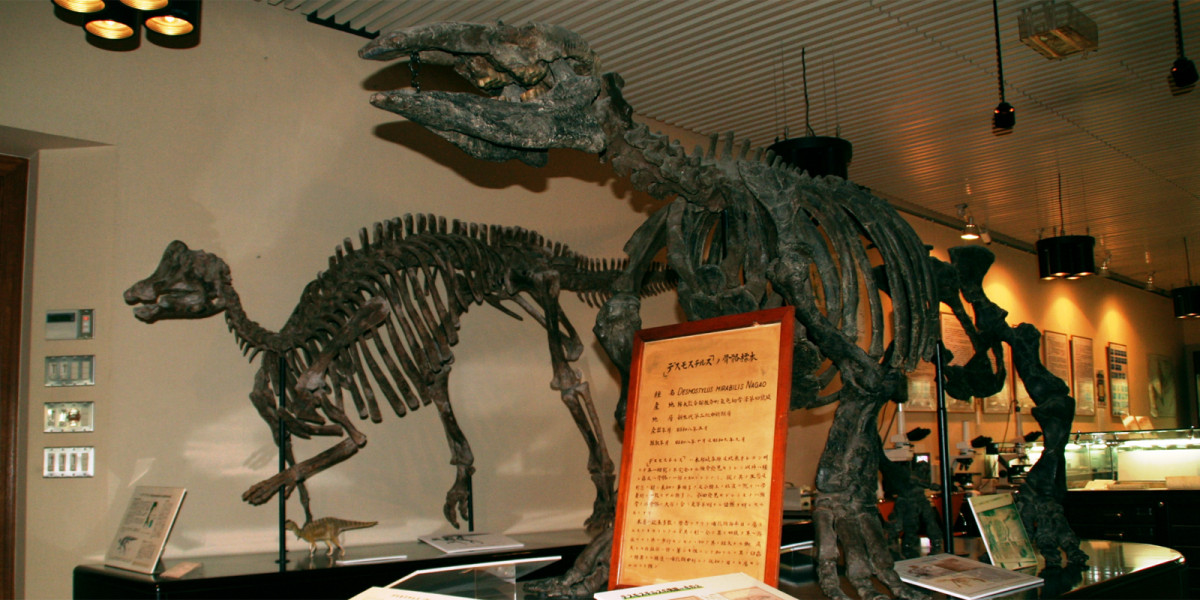
The Hokkaido University Museum
The Hokkaido University Museum
Returning to Elm Forest and turning north on the main street, you will be able to see the university museum. There is a charm about this place no matter how many times you visit. Even children can enjoy the various scientific specimens on display, including rocks, insects, and fossils. Bone specimens of Nipponosaurus (Japanese lizard) and Desmostylus are the main attractions. Admission is free.
Monument in Honor of Dr. Inazo Nitobe
If you leave the museum and turn left at the corner of the School of Science and continue west, you will find a monument to Inazo Nitobe. He was a graduate of the second year of the Sapporo Agricultural College. He established the Enyu Night School so that poor children would be able to study. He and his wife, along with Kingo Miyabe, Takeo Arishima, and others were involved in the Night School’s management.
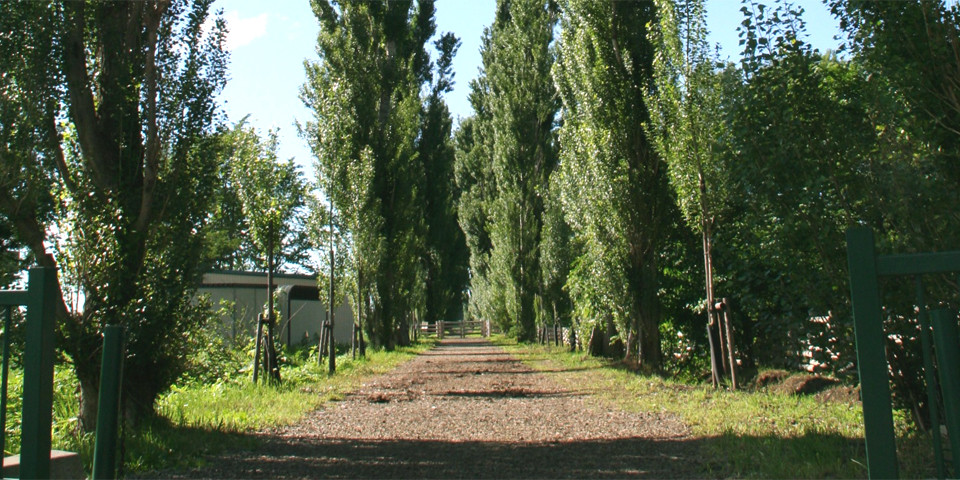
Poplar Avenue
Poplar Avenue
Almost half of the trees along Hokkaido University’s famous poplar avenue were destroyed during Typhoon No. 18 in 2004. In the aftermath, over 70 trees were planted with help from all over the country. Currently you can walk along an 80-meter path.
Ono Pond
Ono Pond lies almost in the center of the campus and is a favorite resting spot for locals with wild ducks and lotus flowers. Next to the pond is the restaurant “Elm” where not only students but visitors can also dine. One more building over is the “Central Cafeteria” for the students.
Ginkgo Avenue
Located 50 meters north of Ono Pond is a fantastic avenue of Ginkgo trees facing east, which leads towards Kita-jusanjo Gate. Running 380 meters long and lined with 70 trees on each side, the road turns golden in the fall with the beautiful foliage.
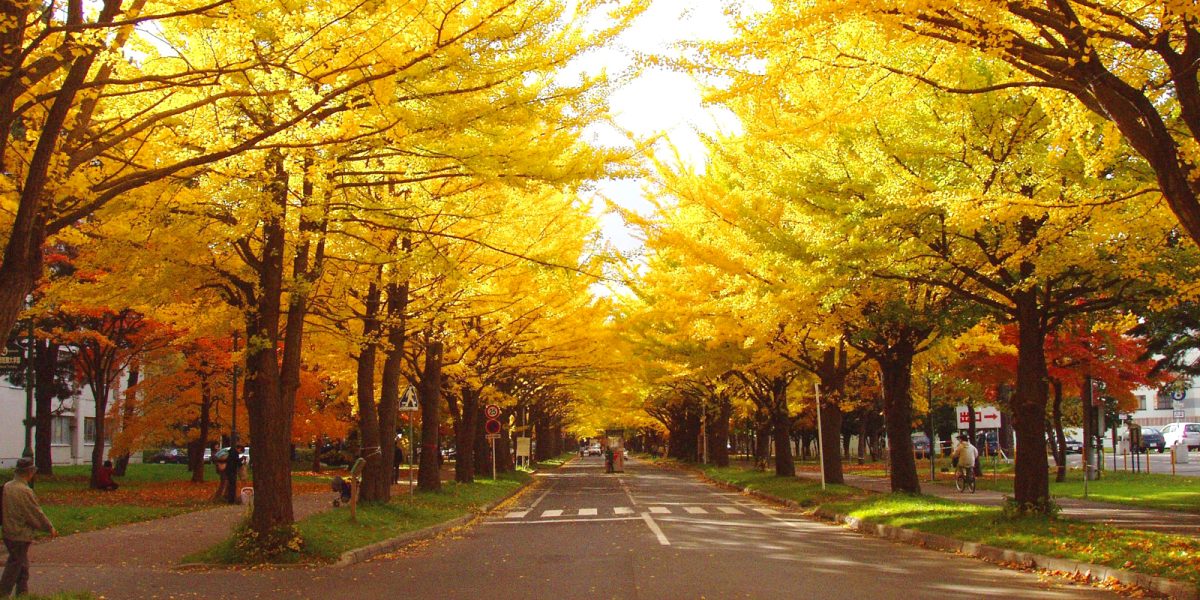
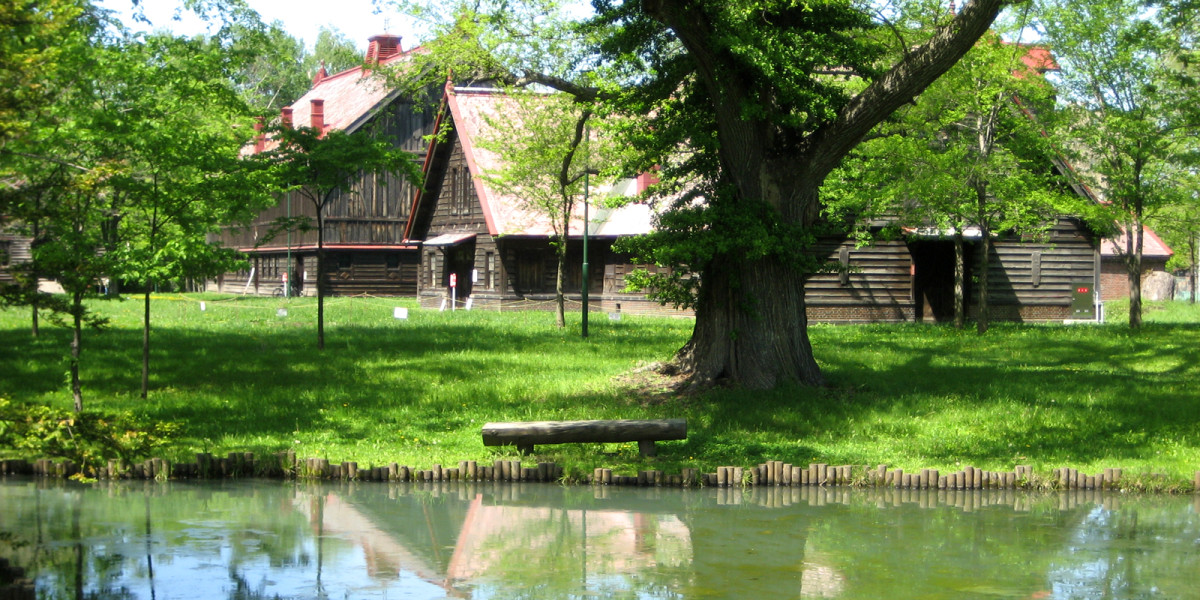
The Main Street which Runs North to South
The Main Street which Runs North to South
Let’s return to the main street and travel north. On the left side is the School of Engineering, and on the right side is the school of Dental Medicine and the School of Medicine. The majority of students get around by bicycles. When you arrive at Kita-juhachi-jo Gate you will be greeted by a citizen promenade that looks like a meadow with sprawling grassland and birch trees.
Sapporo Agricultural College Farm No.2
Across from the street in front of Kita-juhachi-jo Gate are the model barn (livestock barn) and corn barn (cereal warehouse) of Sapporo Agricultural College Second Farm, designated as Important Cultural Properties. Built in 1877 as a model based on Dr. Clark’s idea of large farm operation, it is the oldest western-style agriculture building in Japan.
Along the Sakushu-Kotoni River
Next, travel south along the main street again to Ono Pond. Opposite from Ono Pond across the main street runs the Sakushu-Kotoni River. You will next walk along the promenade which is next to the river. Although the path gets very narrow, pay no mind and keep walking along the river and you will eventually come out onto the central lawn.
Clark Hall
Clark Kaikan (Clark Hall), which was built in 1959 as the student center, is next to the central lawn at the south end of the main street. Food at the cafeteria has a reputation for being tasty and inexpensive, and employees of nearby companies also eat there. As you enjoy the food, you will probably relish the feeling of returning to your student days.

